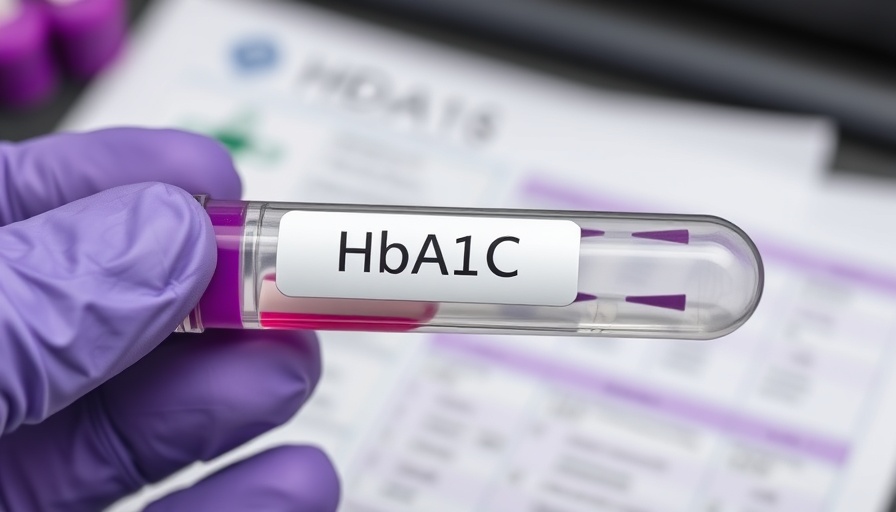
Understanding the Impact of Emergency Alerts on Diabetes Management
In recent years, emergency departments (EDs) have begun taking a more proactive approach to managing chronic conditions like diabetes. A new study highlights the mixed results of this initiative, demonstrating an increase in A1c testing for diabetes patients, yet a continued challenge in long-term glycemic control. The research examined over 348,000 ED visits between 2017 and 2023, focusing on patients with diabetes who were overdue for routine A1c testing.
By implementing a targeted alert system for noncompliant patients, the study found a significant rise in A1c testing—from a mere 1.5% up to an impressive 12.1% right after the alert's introduction. However, this spike was not sustained, as the follow-up results revealed that only 5.1% continued with compliance after six years. The long-term benefits, such as achieving target A1c levels (below 7.0), remained elusive, with only 15% of noncompliant patients reaching these goals.
Analyzing the A1c Testing Intervention
The study’s findings prompt us to consider what factors contributed to the initial success of the A1c alert system. The early data showed a peak in testing compliance, but the subsequent decline raises important questions about the sustainability of such interventions. Experts suggest that without ongoing education and encouragement for patients, the awareness generated by the alerts may diminish over time.
Future Predictions for Diabetes Management Strategies
Given the promising start of the alert system, there are opportunities to enhance its effectiveness. Future implementations could benefit from incorporating ongoing patient education initiatives and follow-up reminders that could reinforce the importance of regular A1c monitoring. This integrated approach may help sustain testing compliance and improve long-term glycemic control.
Counterarguments: The Need for Comprehensive Care Approaches
While the ED alert system showed an increase in A1c testing, one must also consider the role of broader healthcare strategies in diabetes management. Arguments arise that relying solely on emergency interventions may not address the underlying issues that lead to noncompliance in diabetes care. Comprehensive healthcare approaches—it is argued—should include regular primary care follow-ups, lifestyle interventions, and support groups to create a holistic framework for managing diabetes effectively.
Local and Global Perspectives on Diabetes Management
This study reflects a broader trend towards focusing on improving diabetes management both locally and globally. Innovative healthcare solutions, like alerts integrated into emergency systems, demonstrate how technology can play a vital role in patient care. However, striking a balance between enhanced emergency services and consistent primary care is key to achieving sustained health outcomes for diabetic patients everywhere.
Conclusion: The Path Forward in Diabetes Care
The achievement of increased A1c testing in noncompliant patients is commendable, yet it highlights the critical need for a continuous support system encompassing education and patient engagement. As we move forward, integrating patient-centered strategies and employing consistent communication methods will be essential in transforming these promising interventions into lasting improvements in diabetes management.
If you're looking to stay informed about developments in diabetes management and patient care, consider following the latest research and innovations in this evolving field. Join the conversation in health forums, attend webinars, and consult with your healthcare providers on how you can be proactive in managing diabetes effectively.
 Add Row
Add Row  Add
Add 



 Add Row
Add Row  Add
Add 
Write A Comment